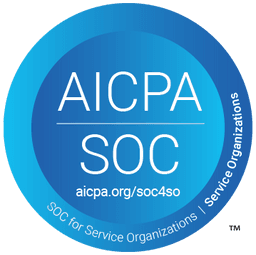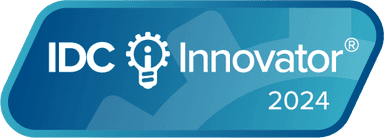OtherSep 27, 2022
3 top pricing tips from SaaStr 2022
What’s top of mind for tech companies and product pricing? Kelly Singsank, Director of Product Marketing at m3ter, summarised the top pricing tips discussed at this year’s SaaStr conference.
Last week I had the opportunity to travel to the Bay Area to attend the 8th Annual SaaStr Conference with a few of my m3ter colleagues. There was ample content, learning, networking, and California sunshine across the three days, with thousands of attendees from all business sizes and stages.
From attending sessions throughout the week, I took away three key pricing tips to drive revenue growth.
Tip #1: Know your Ideal Customer Profile.
The idea of having a clear Ideal Customer Profile (ICP) came up in nearly every session and conversation. You can’t serve all customers well, so choosing your niche and being hyper-focused is critical for success.
Build a clear ICP by talking to customers and understanding who is seeing the most value. With this research, you understand what matters most to your target buyer. From there you can have a clear directive for who you are building your product for, how you are marketing to them, charging them, servicing them, and driving retention based on how your ICP sees value.
You can drive internal alignment and efficiency when the whole company is rallying around your ICP.
Question for your business:
Do you know your niche and have a clear ICP?
Tip #2: Build a usage-based culture.
We are officially in the 3rd era of software pricing (1st era was on-premise, 2nd era was subscription) with the consumption model - charging based on customer value and true product usage.
But usage-based pricing is more than just a pricing strategy, it’s a cultural shift. Erica Schultz, President of Field Operations at Confluent, said:
“Some may think of it as a billing or pricing model change, but it’s actually so much more than that. It really takes a cultural and mindset change to embrace consumption-based pricing within your company.”
With this, there are implications for every role across your company. Whether it’s your product and marketing teams shifting to deliver on a more Product-Led Growth motion (we know PLG + UBP is the best way to drive growth), to sales shifting from a focus on bookings to actual product usage and adoption, everyone has to think differently.
The more resources in your company are focused on customer usage, the faster you can scale revenue.
Question for your business:
What functions in your company are focused on customer usage today?
Tip #3: Don’t underestimate how much your customers will pay.
Customers associate product value to price and will pay when they see value. “Believe it or not, but most B2B startups are under pricing today,” said Anu Hariharan, Managing Director at Y Combinator.
Whether you are charging on a usage-based or hybrid model (subscription + overage charges), you have to ensure your customers are adopting the product and you are incentivizing the desired product usage by how you charge. And it’s important that you don’t underestimate the value you are delivering!
Anu suggests every business conduct a pricing experiment. Start by raising your pricing 30% and see if your customers will pay and what their reaction is. Continue to experiment and see how much they’re willing to pay. You’ll know when the value is matching the price. Check out this blog for examples of 5 usage-based pricing examples to improve your pricing strategy and to help you experiment.
Question for your business:
When was the last time you evaluated your pricing strategy?
Would your customers accept a 30% raise?
Pricing is top of mind for every business.
After three days of extensive conversations and sessions, one thing became clear: pricing is a big challenge for every business. Whether it’s narrowing your focus with a clear ICP, bringing your entire company on a consumption-culture journey, or testing the limits of how much you’re charging, there are levers we can all pull to ensure we’re maximizing customer adoption, value, and revenue.
Interested in learning how to build a usage-based culture? Read this article to learn more.
You might also like…
Find out how your business can automate usage-based pricing today
See a demo, get answers to your questions, and learn our best practices.
Schedule a demo


